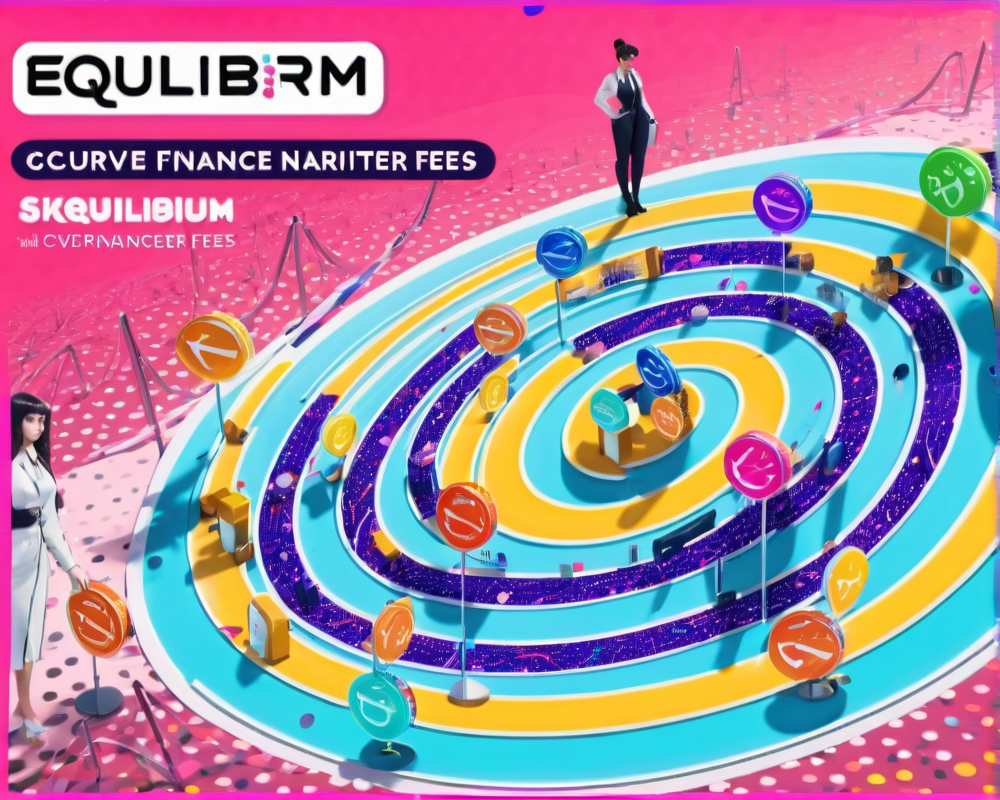Introduction: Misconceptions about Digital Currencies
Ask someone about Bitcoin, and you might as well be talking about aliens. They may roll their eyes, comparing it to a pyramid scheme that preys on the so-called ‘greater fool.’ Sure, some folks hop on digital currencies just to cash in on a quick buck, but let’s not throw the blockchain baby out with the bathwater. There’s serious innovation brewing beneath the surface, from remittance solutions that help families connect across borders to robust systems that champion financial inclusion.
The Centralization Dilemma
Now, if there’s one valid gripe about blockchains, it’s the centralization lurking behind that oh-so-decentralized facade. Despite all the hype about miners, proof-of-work (PoW) algorithms, and proof-of-stake (PoS) systems, the reality is that a handful of players are calling the shots. For example, in Ethereum’s case, did you know that over half of its transactions wiggle their way through the Infura API? Talk about a chokehold on decentralization!
Centralization Points of Failure
- Factories full of mining rigs for PoW
- Pools of miners huddled together like a secret society
- Concentration of tokens in the hands of a few ‘whales’
These points of centralization raise some eyebrows. Knowing that greed can occasionally trump altruism, what happens when a stablecoin grows bigger than its blockchain’s native token? It feels a bit like waiting for your house of cards to tumble down!
The Inverse Pyramid Problem
Picture this: a stablecoin gains traction alongside the Ethereum ecosystem, eventually boasting a market cap that eclipses Ether itself. Suddenly, those native token holders might find themselves caught in an inverse pyramid scheme. If Tether or USD Coin slipped into the spotlight, conceptually speaking, it could set the stage for a double-spend scenario. Just imagine the pandemonium!
Market Capitalization: A Shifting Landscape
To put things in perspective, Tether has already crossed the $80 billion mark, while USD Coin is flirting with $30 billion. Meanwhile, Ether stands tall at over $220 billion. The numbers are changing faster than a hamster on a wheel, so why shouldn’t we prepare for a bumpy ride?
Why Rethink Distributed Ledger Technology?
The lightning-fast evolution of cryptocurrencies demands a closer look at how we architect their frameworks. Centralized mining operations, coder oversights in smart contracts, and looming double-spend dilemmas all spotlight the urgent need for alternatives. Enter: post-blockchain distributed ledgers.
DAG and Its Promising Future
Imagine directed acyclic graphs (DAG) lighting the way to a decentralized utopia. With no reliance on block producers, these systems open the floodgates for broader access and an altogether different approach to digital assets. Could they be the key to transforming our cryptocurrency landscape over the next decade?
Conclusion: Time for Change?
The prize for breaking out of the pyramid association is ripe for the picking. If developers are willing to roll up their sleeves and ditch outdated models tied to centralization, we might finally see the true potential of decentralized finance unfurl before our eyes. Buckle up; it’s time for the crypto ride of your life!




